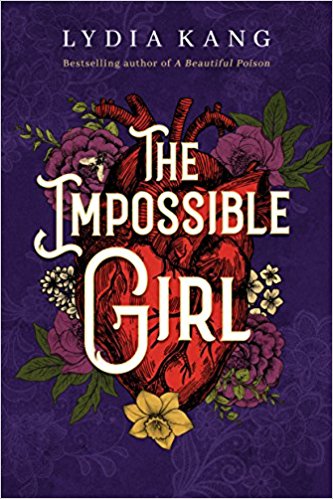 The Impossible Girl by Lydia Kang
The Impossible Girl by Lydia Kang Format: eARC
Source: supplied by publisher via NetGalley
Formats available: paperback, ebook, audiobook
Genres: historical fiction, historical mystery
Pages: 364
Published by Lake Union Publishing on September 18, 2018
Purchasing Info: Author's Website, Publisher's Website, Amazon, Barnes & Noble, Bookshop.org
Goodreads
Two hearts. Twice as vulnerable.
Manhattan, 1850. Born out of wedlock to a wealthy socialite and a nameless immigrant, Cora Lee can mingle with the rich just as easily as she can slip unnoticed into the slums and graveyards of the city. As the only female resurrectionist in New York, she’s carved out a niche procuring bodies afflicted with the strangest of anomalies. Anatomists will pay exorbitant sums for such specimens—dissecting and displaying them for the eager public.
Cora’s specialty is not only profitable, it’s a means to keep a finger on the pulse of those searching for her. She’s the girl born with two hearts—a legend among grave robbers and anatomists—sought after as an endangered prize.
Now, as a series of murders unfolds closer and closer to Cora, she can no longer trust those she holds dear, including the young medical student she’s fallen for. Because someone has no intention of waiting for Cora to die a natural death.
My Review:
In the end, Cora Lee isn’t quite impossible – merely highly improbable. But those improbabilities lead her to a fascinating and dangerous life on the margins of mid-19th century New York City in a way that makes for marvelous fiction – especially because it’s the most improbable aspects of her life that are based in fact.
There really were resurrectionists, not merely in New York City, but certainly in other places where the supply of corpses for anatomical study was insufficient to the needs of doctors, surgeons and their trainees to learn as much as possible about the ins and outs (so to speak) of the human anatomy before going into practice on living bodies.
While the practice of haunting graveyards and digging up recent corpses seems unsavory at best and disgusting at worst, it was necessary – if a bit ghoulish. As distasteful as the concept of digging up bodies for medical study may seem, the idea that all those would-be doctors and surgeons learn anatomy from dead bodies before they start cutting up live ones seems prudent, at least in retrospect.
And for anyone who thinks the practice of opening up the gallery to the general public seems prurient at best and obscene at worst, we still have plenty of examples of more sanitary versions of the same practice, such as the Bodies exhibition currently touring the world. (it’s here in Atlanta at the moment and no, we have not attended and have no interest in doing so.)
Making arrangements for the bodies to become corpses in an untimely fashion, however, is still murder. And that’s where this story gets its mystery from. Resurrectionist Cora Lee just keeps a watch on people who will make interesting (and lucrative) corpses. Someday they will naturally come into her hands, so to speak. Well, at least they’ll die of natural causes. The process by which Cora obtains their fresh corpse is fairly unnatural, not to mention downright criminal.
But someone is anticipating nature and killing the people on Cora’s list. And she fears she’s next.
Cora’s body should prove just as unusual a specimen as any of the recent victims, because Cora has two hearts. Doctors have been interested in “ottomizing” her since the day of her birth. That someone might want to hasten her death in order to open her chest is a fear that she and her family have lived with since the day she was born.
It’s ironic that her business as a resurrectionist gives her a finger on the pulse (so to speak) of any trade in unusual specimens in New York City. It should give her some warning if someone starts looking for her.
But she never expects that her greatest danger lies so close to home – or that her biggest rival may be the instrument of her deliverance.
Escape Rating B+: The story of The Impossible Girl is fascinating and creepy in equal measure. The tone at times feels almost like one of the “penny dreadfuls” so popular at the time, or like that of one of the Gothic mysteries that became so popular.
The character of Cora is one of duality, and not merely as a result of her two hearts. Cora also lives two lives, by day the consummate “lady”, and by night the hard-bitten resurrectionist. In order to maintain that separate between her daily life and her business life she also has two faces. By day she is Cora, and by night she is Cora’s twin brother Jacob. While Cora is a lady, Jacob is no gentleman, being rough, a bit brutish, and ruling their gang with an iron fist while Cora holds the velvet glove.
Jacob is both Cora’s disguise and her protection – as well as her instrument of freedom. As a man, Jacob has the ability to go wherever he wants, do whatever he wants, see whatever he needs to see and punch out whoever needs to be punched.
Even without the need to conceal her anatomical aberrance, Cora, as a female in mid-19th century New York City, is never, ever free. She is constantly hedged around by the restrictions placed on women in her society, restrictions that Jacob allows her to escape whenever she needs to or she must.
While the central mystery of this story is creepy and chilling, it was unfortunately a little too easy for this reader to figure out. I’ll admit that I guessed what was going on, and who was perpetrating it, just a bit too early to give The Impossible Girl an A grade.
But the story is imminently readable. Cora’s character, intelligence and rather unique solution to her own multiple dilemmas is absolutely absorbing. And the portrait of mid-19th century New York City on the margins draws the reader into the center of its mass of contradictions from the very first page.
~~~~~~ GIVEAWAY ~~~~~~
I’m giving away a copy of The Impossible Girl to one very lucky US commenter!


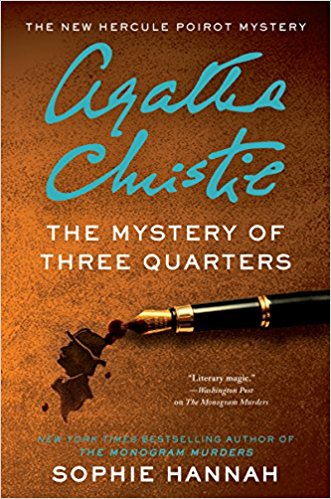 The Mystery of Three Quarters (The New Hercule Poirot Mystery #3) by
The Mystery of Three Quarters (The New Hercule Poirot Mystery #3) by  This is now the third of Sophie Hannah’s New Hercule Poirot mysteries (after
This is now the third of Sophie Hannah’s New Hercule Poirot mysteries (after 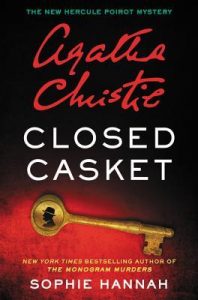 Escape Rating B: It’s the must-keep-reading-ness aspect of this book that sticks with me. The case, as bizarre as it is (and Poirot’s cases were often a bit “out there”) pulls the reader along from sentence to sentence and paragraph to paragraph and doesn’t let go until the end.
Escape Rating B: It’s the must-keep-reading-ness aspect of this book that sticks with me. The case, as bizarre as it is (and Poirot’s cases were often a bit “out there”) pulls the reader along from sentence to sentence and paragraph to paragraph and doesn’t let go until the end. It all gallops along brilliantly as its going on, but looking back I’m not quite sure it all hangs together. But still, it was a terrific ride while it was happening, and I enjoyed every page of it.
It all gallops along brilliantly as its going on, but looking back I’m not quite sure it all hangs together. But still, it was a terrific ride while it was happening, and I enjoyed every page of it.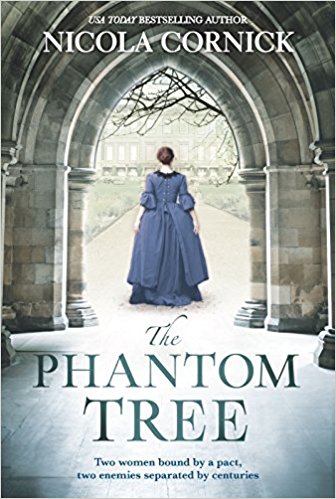 The Phantom Tree by
The Phantom Tree by 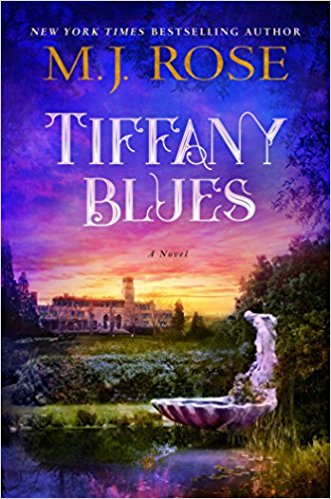 Tiffany Blues by
Tiffany Blues by 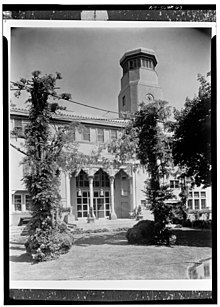
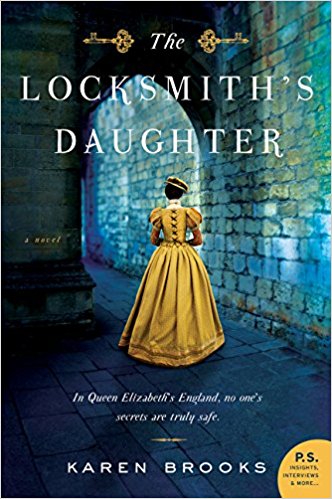 The Locksmith's Daughter by
The Locksmith's Daughter by 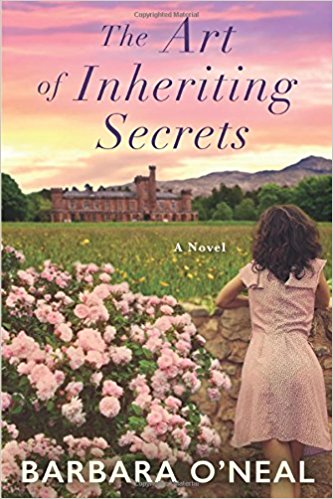 The Art of Inheriting Secrets by
The Art of Inheriting Secrets by 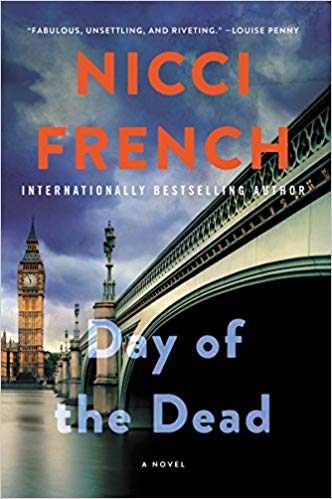 Day of the Dead (Frieda Klein #8) by
Day of the Dead (Frieda Klein #8) by 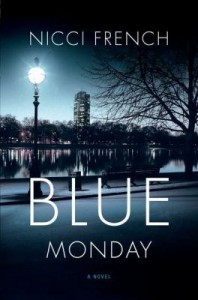 When this series began back in
When this series began back in  A big part of this story is that of Frieda tying up all the loose ends. She circles back through everything that has happened in the series and every case that Dean Reeve has touched on. While I think there is enough explained that readers don’t need to have read the entire series to be invested in this volume, there’s certainly more resonance if you’ve read at least some of the previous entries, particularly the first,
A big part of this story is that of Frieda tying up all the loose ends. She circles back through everything that has happened in the series and every case that Dean Reeve has touched on. While I think there is enough explained that readers don’t need to have read the entire series to be invested in this volume, there’s certainly more resonance if you’ve read at least some of the previous entries, particularly the first, 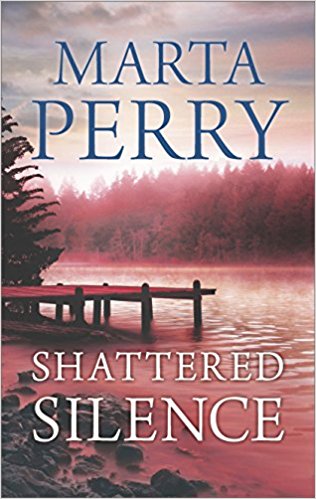 Shattered Silence by
Shattered Silence by 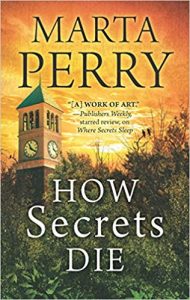 Just as I read and enjoyed
Just as I read and enjoyed 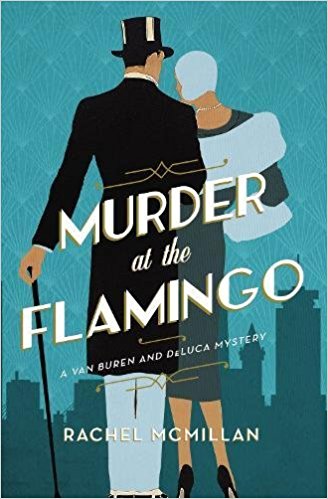 Murder at the Flamingo (A Van Buren and DeLuca Mystery #1) by
Murder at the Flamingo (A Van Buren and DeLuca Mystery #1) by 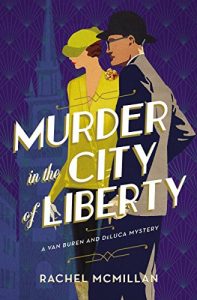 Escape Rating B: This is the first book in an intended series. Book 2,
Escape Rating B: This is the first book in an intended series. Book 2,  When We Found Home by
When We Found Home by 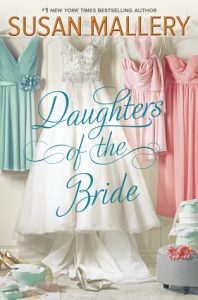 Escape Rating A-: Just like when I read Daughters of the Bride a couple of years ago, When We Found Home was absolutely the right book at the right time. While
Escape Rating A-: Just like when I read Daughters of the Bride a couple of years ago, When We Found Home was absolutely the right book at the right time. While 